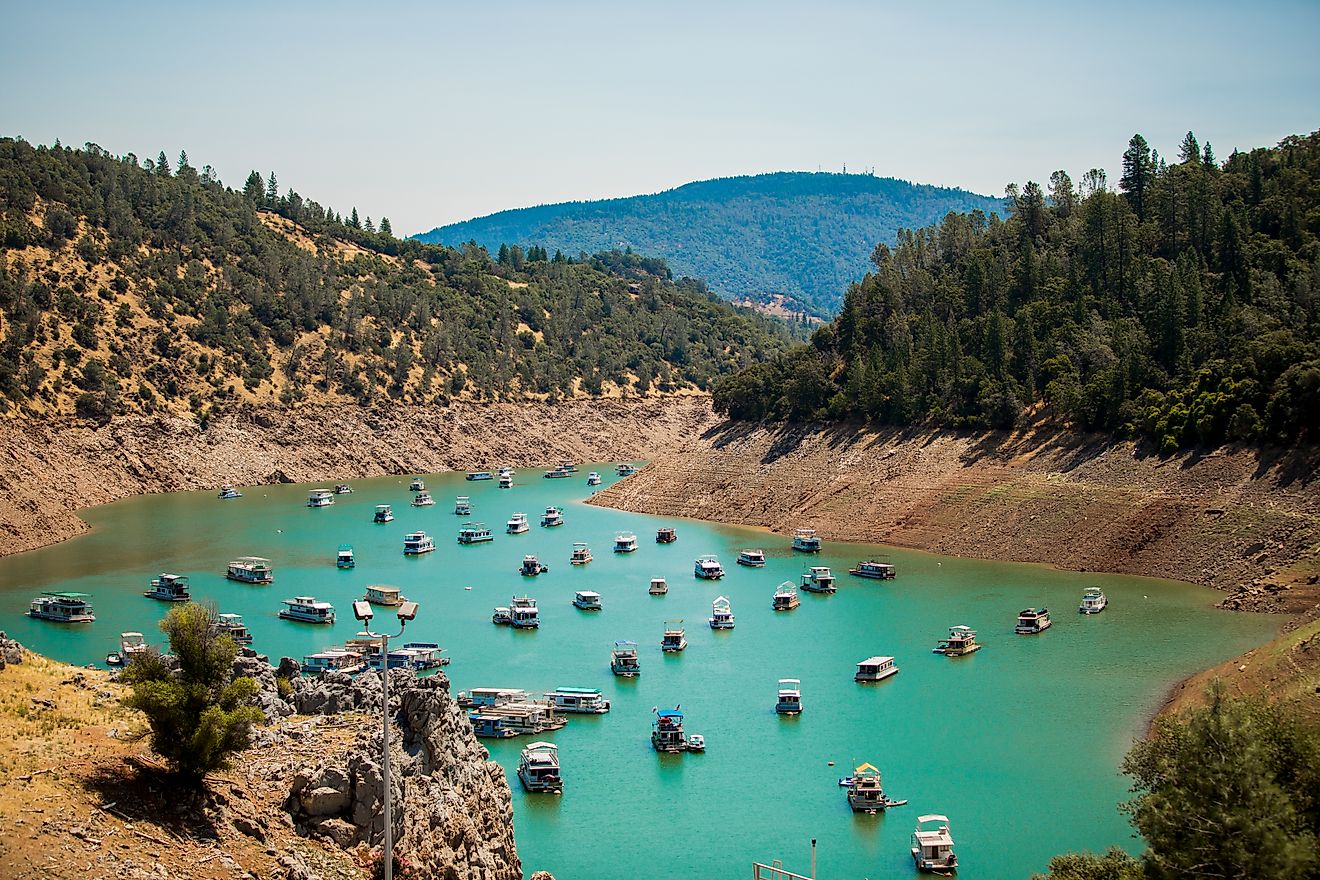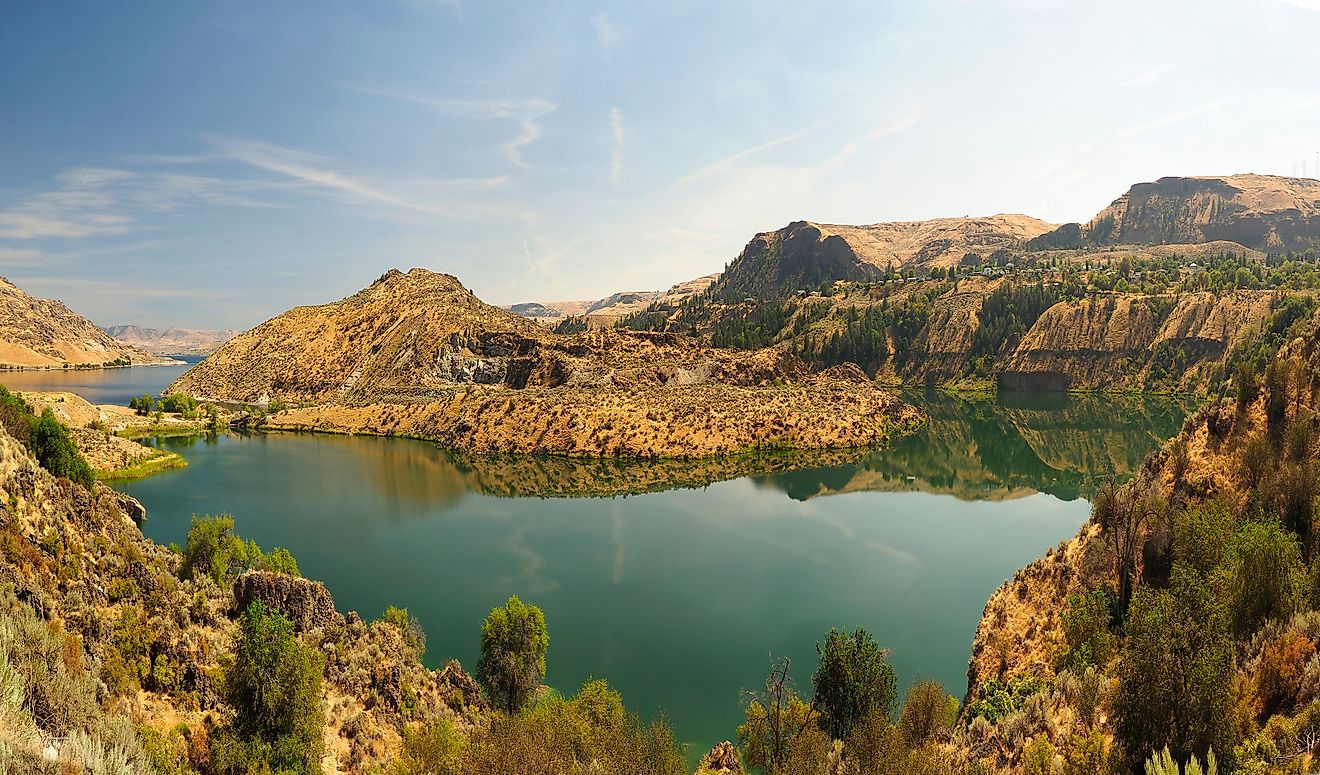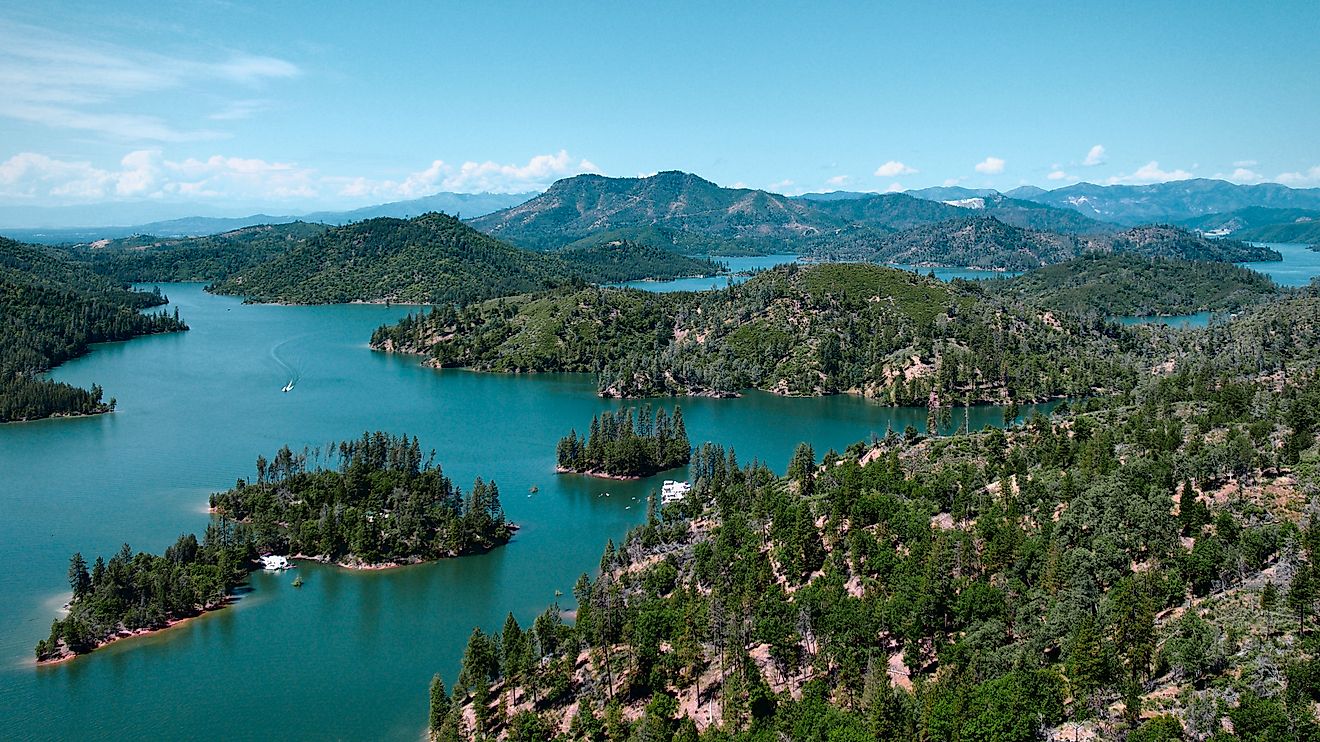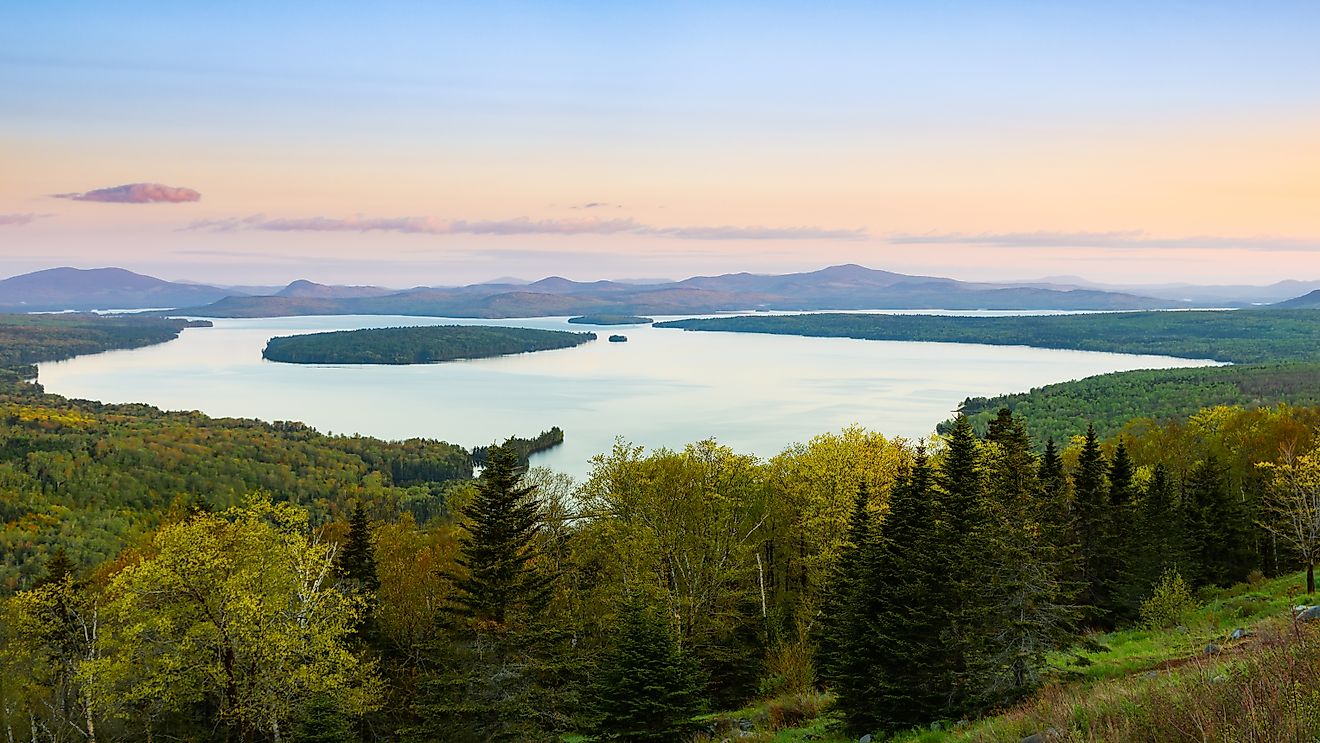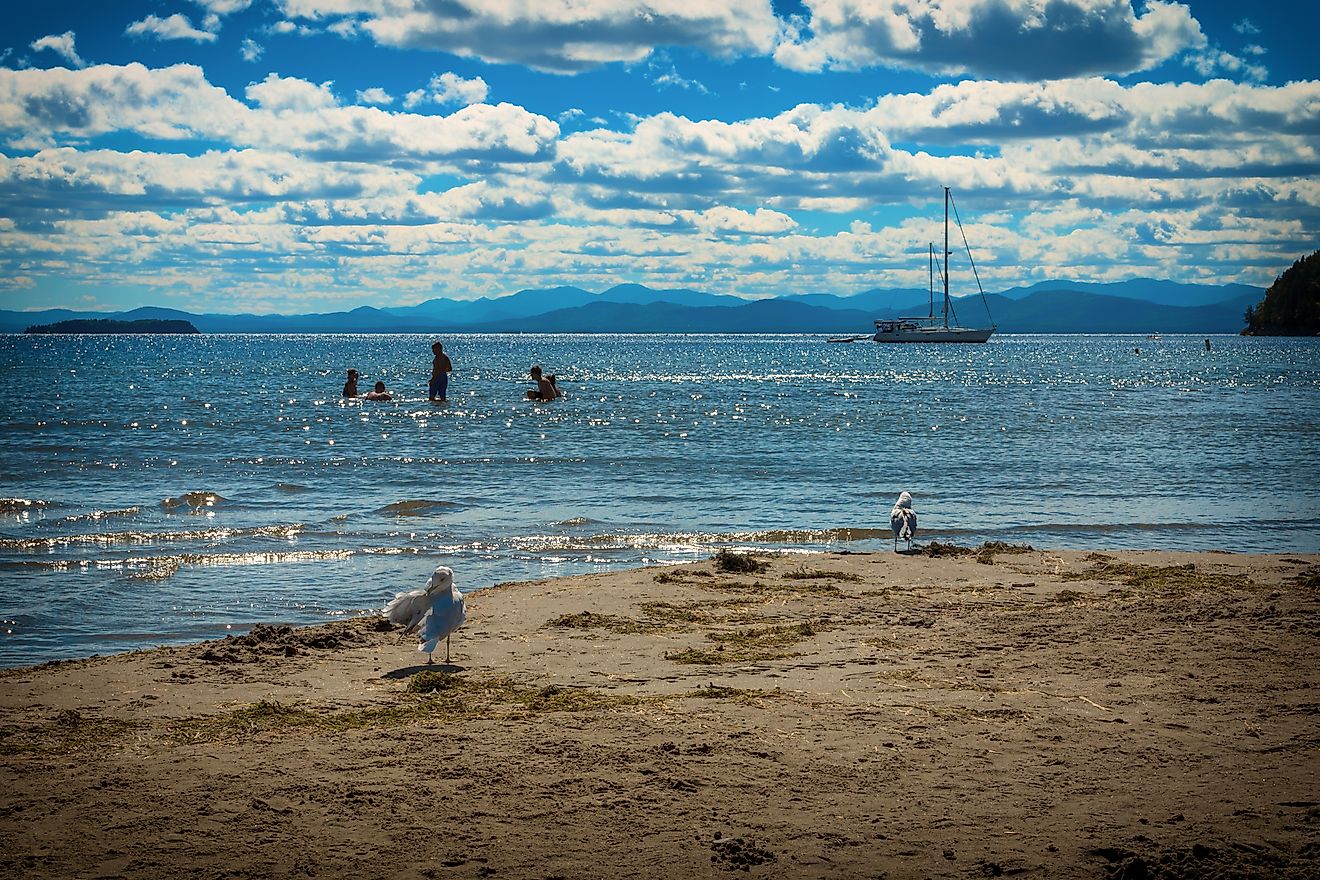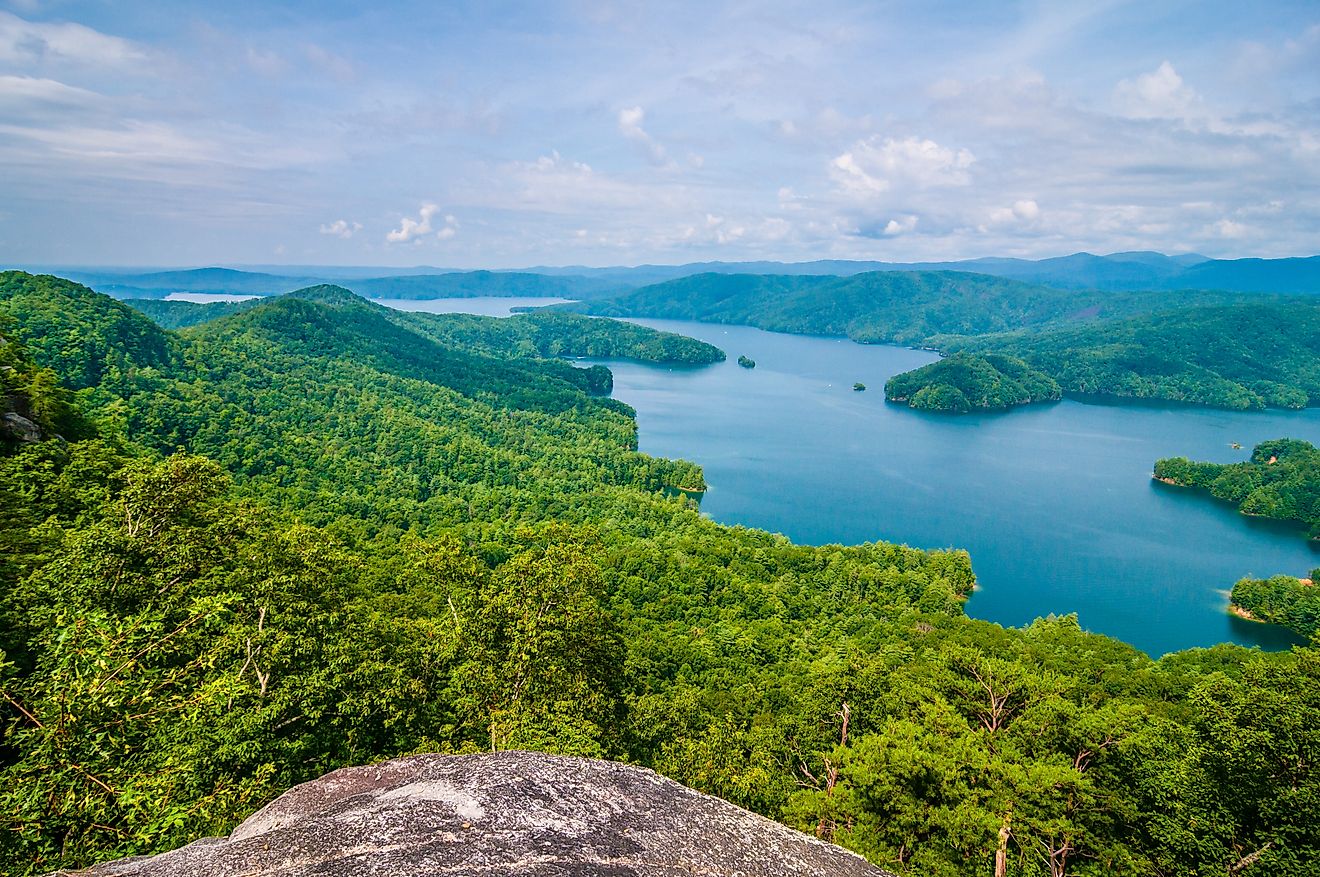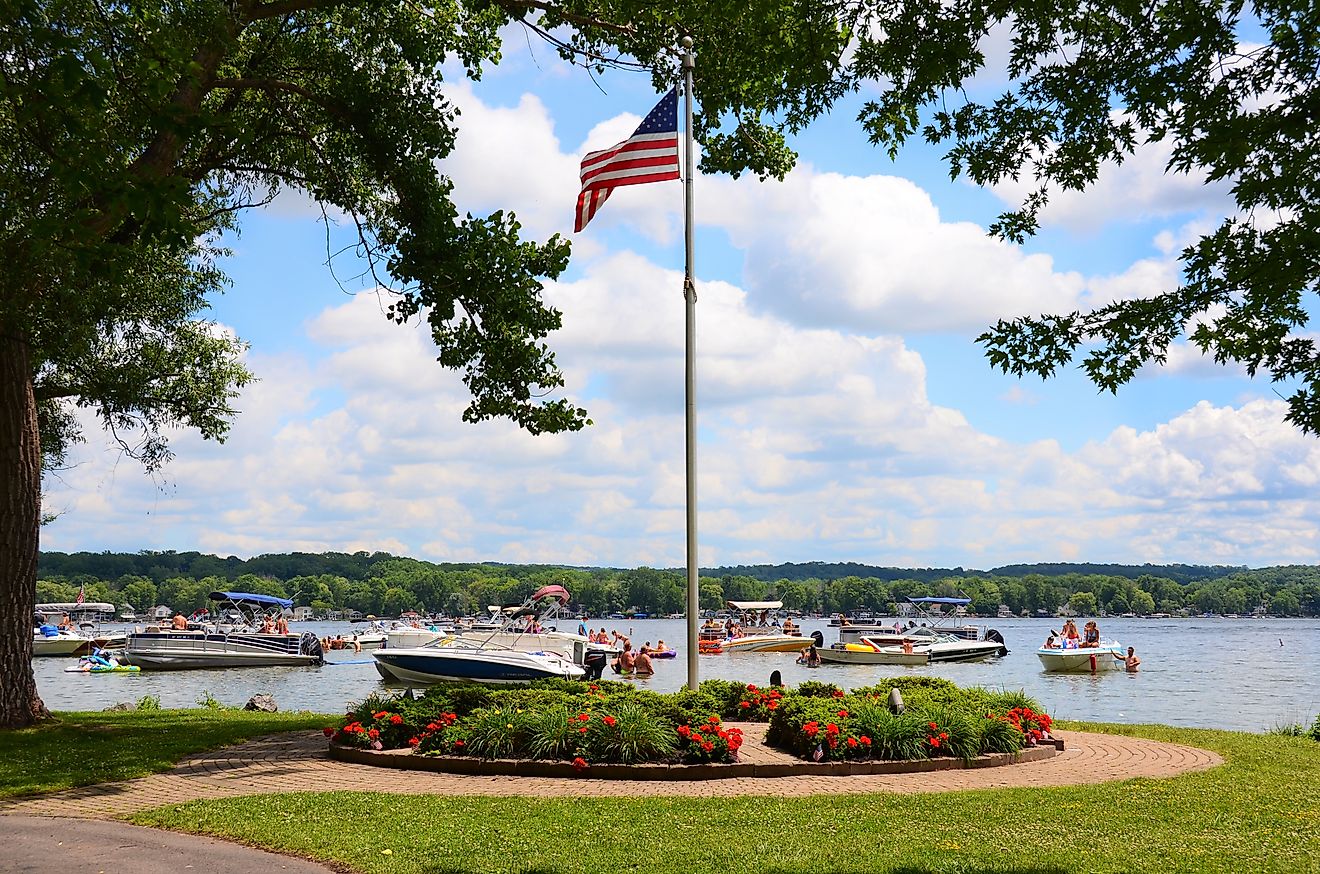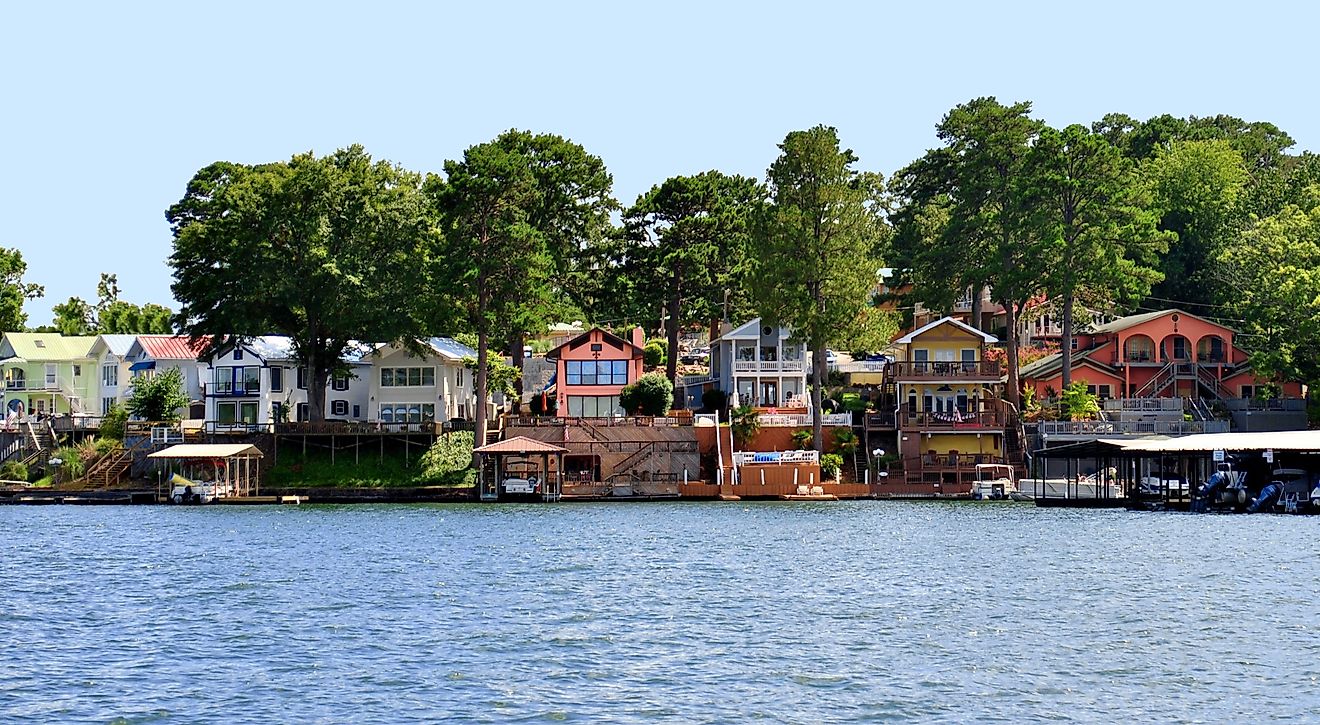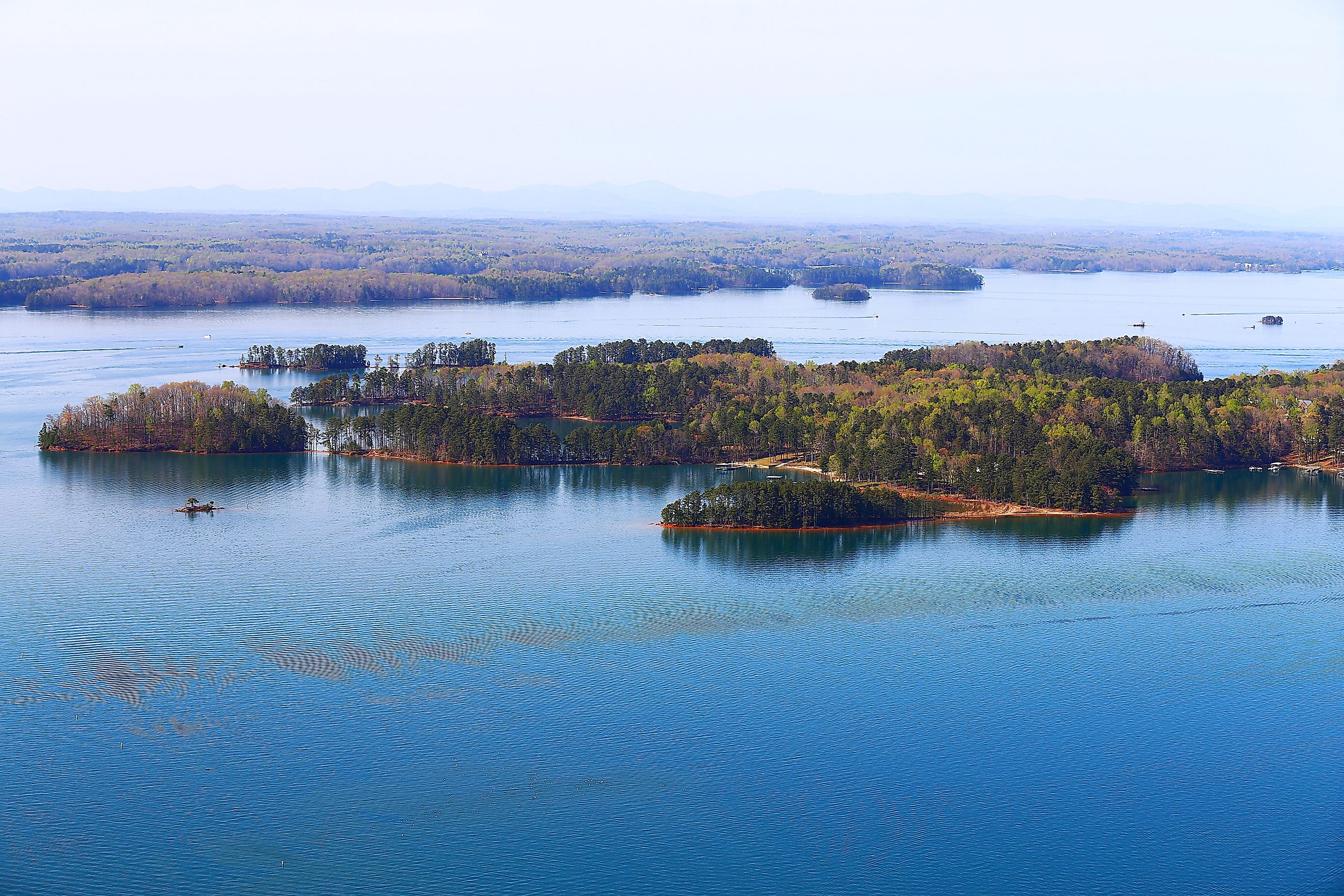
Lake Lanier: The Eerie History Beneath Georgia’s Largest Lake
Beneath the sparkling surface of Lake Lanier in northern Georgia lies more than just fish and submerged trees. Entire towns, once home to churches, homes, cemeteries, and livelihoods, now sit in silence at the bottom of the lake. The story of how they got there is not only eerie, but deeply rooted in a complex and controversial chapter of Georgia’s mid-20th-century history.
Lake Lanier is one of the most visited lakes in the United States, attracting nearly 12 million visitors annually for boating, fishing, and summer fun. Yet despite its popularity, the lake is also infamous for tragedy. Frequent drownings, mysterious accidents, and ghost stories have fed a growing legend surrounding what lies beneath its depths.
Understanding the true history of Lake Lanier means going back to the 1940s and 1950s, when the U.S. Army Corps of Engineers sought to tame the Chattahoochee River. The result was a massive reservoir that displaced families, flooded entire communities, and sparked decades of legal battles and emotional scars that still linger.
Why Lake Lanier Was Built
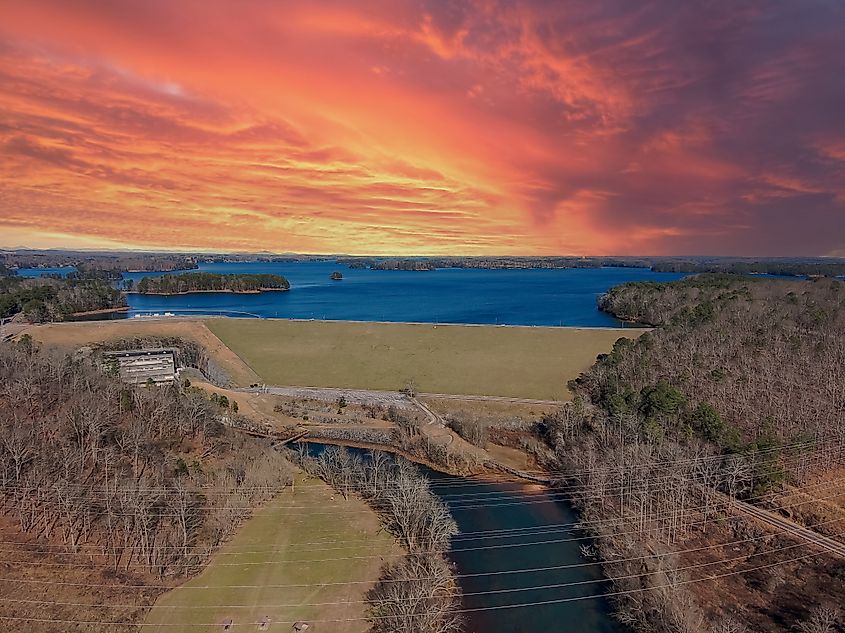
The idea of Lake Lanier began with flood control and water management. In 1946, Congress authorized the construction of Buford Dam on the Chattahoochee River to help prevent flooding in the region and provide a consistent water source for Atlanta. The plan also included hydroelectric power generation and recreational opportunities.
By the early 1950s, the U.S. Army Corps of Engineers was actively acquiring land in northern Georgia for the project. Thousands of acres were purchased or seized using eminent domain. Farmlands, forests, and entire towns were marked for submersion.
The reservoir would eventually span more than 38,000 acres across five counties: Hall, Forsyth, Dawson, Gwinnett, and Lumpkin. When Buford Dam was completed in 1956, the Chattahoochee River began to rise behind it. Within a few years, a vast and eerie lake had swallowed everything in its path.
The Towns That Vanished
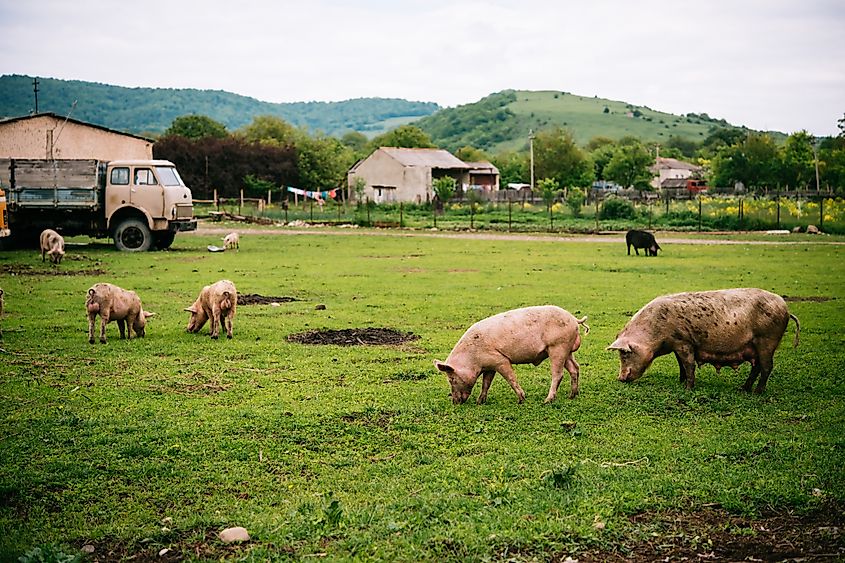
The best-known town lost to Lake Lanier is Oscarville, a once-thriving Black farming community in Forsyth County. Though Oscarville was already in decline following a campaign of racial violence and expulsion in 1912, many families remained in the area through the 1940s. When the lake project began, remaining residents were forced to relocate, often with little compensation or support.
Oscarville was not the only community affected. Other small towns, settlements, and homesteads in the surrounding counties were also submerged. Roads, bridges, and even cemeteries had to be moved or abandoned. In some cases, homes and buildings were demolished or relocated. In others, entire structures were left behind.
To this day, there are reports of foundations, roads, and even intact structures sitting beneath the surface. Divers have found remnants of fences, submerged debris fields, and even unmarked graves. When the lake’s water levels drop, ghostly remnants of the past can occasionally be seen poking through the surface, sparking renewed curiosity and chilling reminders of what was lost.
Cemeteries and Unmarked Graves
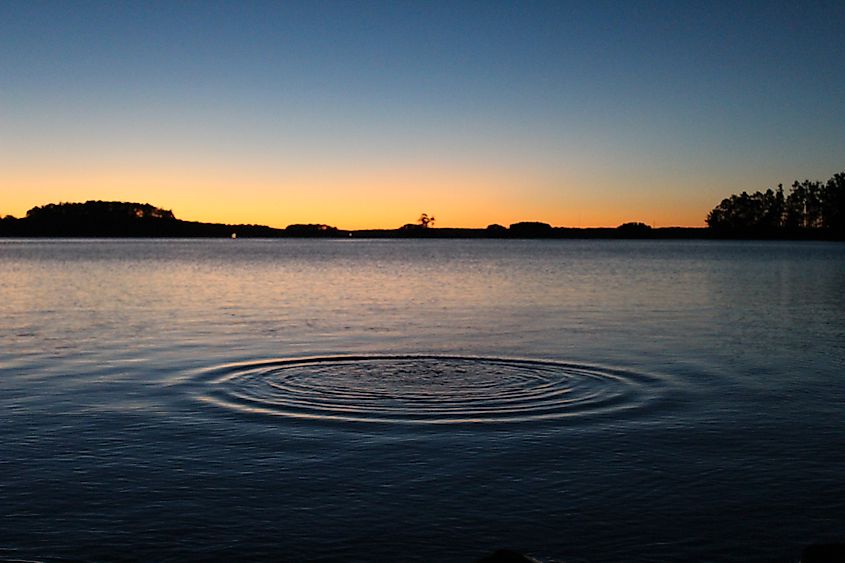
Before the lake was filled, the Corps of Engineers coordinated the relocation of approximately 20 cemeteries. More than 700 graves were exhumed and reinterred. However, record-keeping in the rural South during the early 1900s was inconsistent. It is widely believed that not all graves were found, and many unmarked or undocumented burials remain beneath the water.
This aspect of the lake’s creation contributes heavily to its eerie reputation. The idea that remains were left behind, combined with the sudden and permanent loss of once-vibrant communities, has fueled ghost stories and local legends for decades.
Many residents believe the lake is cursed or haunted, pointing to the number of unexplained accidents and drownings over the years as proof that the lake has never rested easy.
The Tragic Reputation of Lake Lanier
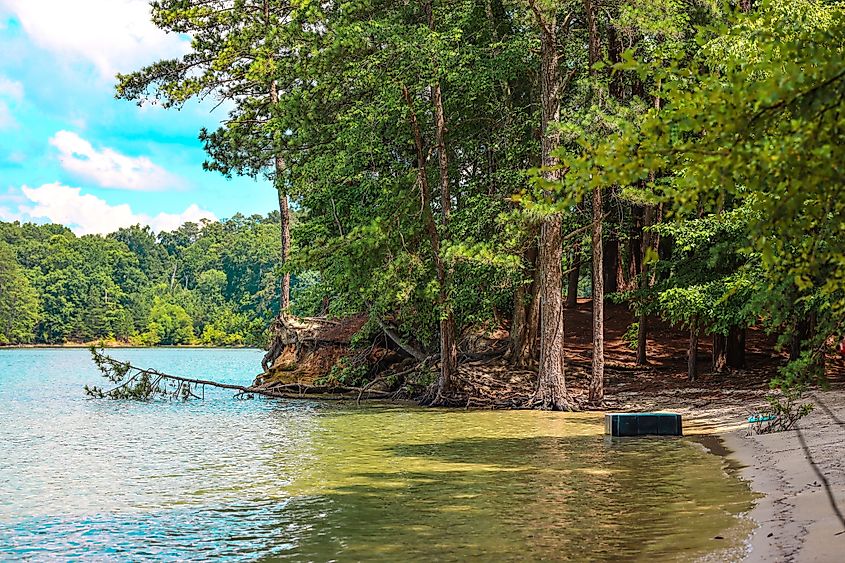
Lake Lanier is beautiful on the surface, but it has become notorious for accidents, drownings, and mysterious disappearances. Since the 1990s, more than 200 people have died in or around the lake. Some were boating accidents, others were swimmers caught in strong currents or tangled in underwater debris.
The lake’s bottom is notoriously hazardous. Unlike many modern reservoirs that are cleared of obstacles before filling, Lake Lanier was created quickly. Trees were not always fully removed. Old roads and foundations remain, creating dangerous conditions for swimmers and boaters who are unaware of what lies beneath.
In some cases, divers and search teams have reported difficult visibility and dangerous underwater hazards, making rescues and recoveries more difficult. Families who have lost loved ones on the lake often speak of how quickly a fun day turned into tragedy.
Despite safety campaigns, Lake Lanier’s reputation for danger persists. This has led many to question whether the lake was built too hastily, without enough attention paid to long-term risks.
A Symbol of Displacement
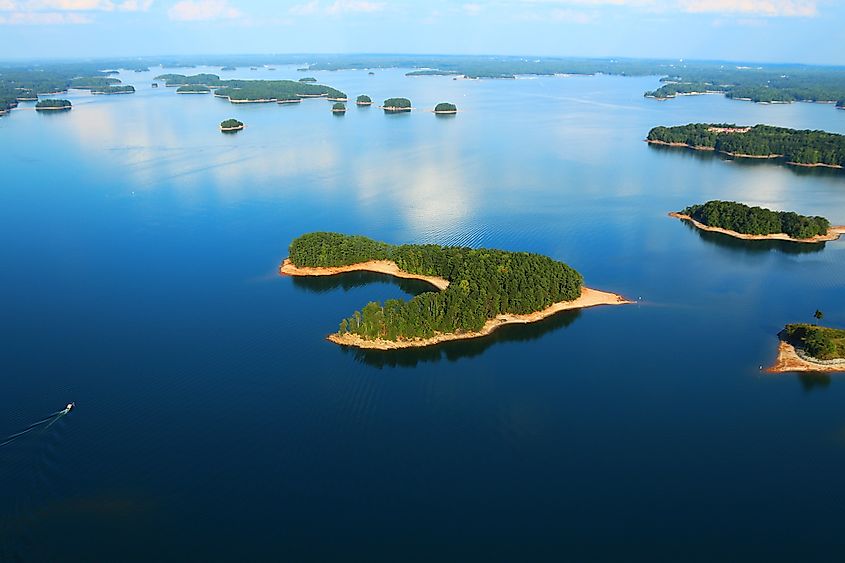
Beyond its ghost stories and physical dangers, Lake Lanier is also a symbol of displacement. The loss of towns like Oscarville reflects a broader history of marginalized communities being erased or removed for the sake of development.
Oscarville’s story is particularly painful. In 1912, the entire Black population of Forsyth County was driven out through racial terror, lynching, and organized violence. Decades later, the remnants of that same community were submerged without much recognition or preservation of memory. What began as a campaign of social erasure ended in physical erasure under water.
This layered history has made Lake Lanier a flashpoint for conversations about racial justice, historic preservation, and the cost of progress. In recent years, awareness about Oscarville has grown. Documentaries, podcasts, and articles have explored the town’s legacy and the people who once lived there.
Legal Battles and Ongoing Controversies
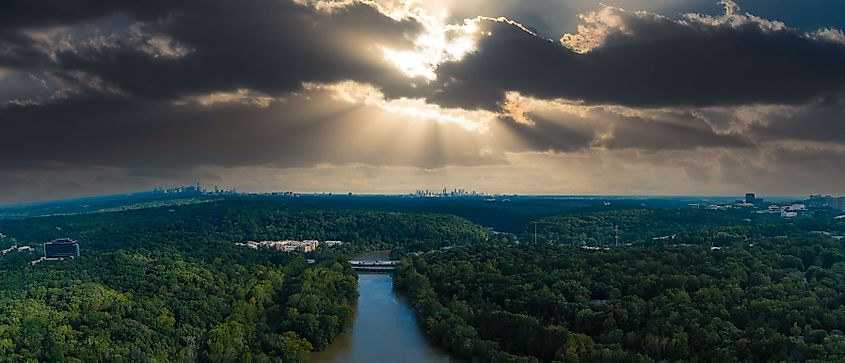
Since its creation, Lake Lanier has also been the center of legal and political disputes. For decades, Georgia, Alabama, and Florida have been locked in a "water war" over rights to the Chattahoochee River and its reservoirs.
Georgia relies heavily on Lake Lanier for drinking water, particularly for metro Atlanta. However, downstream states argue that Georgia draws too much water, leaving less for ecosystems, agriculture, and urban needs in Florida and Alabama. The dispute has reached the US Supreme Court multiple times and remains unresolved in many respects.
Beyond legal fights, concerns about water quality, dam safety, and environmental impact continue to make Lake Lanier a topic of public debate.
Tourism and Recreation
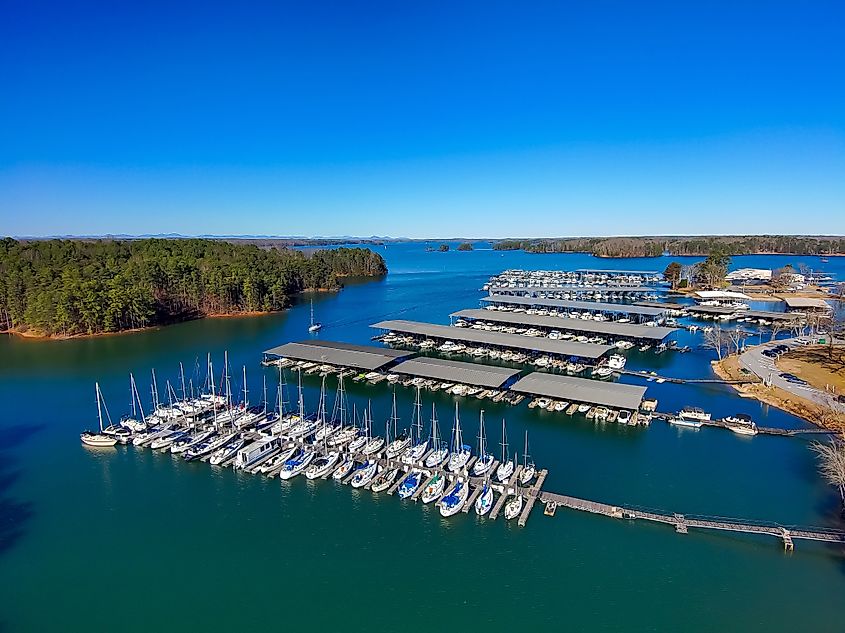
Despite its haunted reputation and tragic history, Lake Lanier remains one of the most popular destinations in the southeastern United States. Visitors come year-round to enjoy fishing, water skiing, jet skiing, and lakeside cabins.
The lake is also home to Lake Lanier Islands, a resort complex with beaches, marinas, and seasonal attractions. Festivals, concerts, and fireworks shows draw massive crowds during the summer months.
Still, many longtime residents and returning visitors speak about an underlying sense of unease. Some believe the lake’s past contributes to the strange occurrences, while others point to poor planning and dangerous underwater conditions.
A Lake of Beauty and Burden
Lake Lanier is more than just a reservoir. It is a place of beauty, loss, and contradiction. On the surface, it offers picturesque views and recreational fun. Beneath that surface, however, lie entire towns, forgotten stories, and the weight of history that was never fully acknowledged.
The lake’s creation brought water and power to millions but came at a cost that is still being uncovered today. Whether viewed as a vital resource or a site of cultural loss, Lake Lanier holds a powerful place in Georgia’s landscape.
Its waters hide more than stone and timber. They hold memory, controversy, and the echoes of a past that refuses to stay silent.
